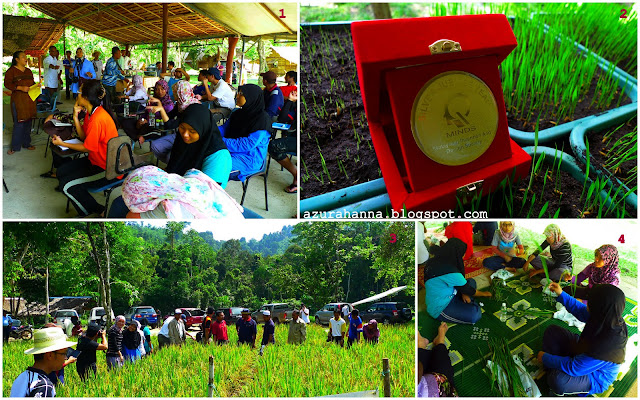Hello Friday! Hello to June! Happy holiday to all. Actually, most of my office mate are taking their leave today! Well, I don't want to waste my annual leaves yet because I may need them later on. I do love FRIDAY! Short working period although there are so much work to be settle before the audit starting 12 June 2012! I do hate auditing, feels like vomiting blood! The most annoying thing is, every year the university keep on changing all the forms. Crazy! So, here at the office, I have main file in the PC and the hard copy is just to satisfy all the new forms. Really, phew~
I do love the colors from the picture below. I hope I can have that color patone for September! Pray hard! Well, let's move on to hard work and make our dreams came true. InsyaAllah.







